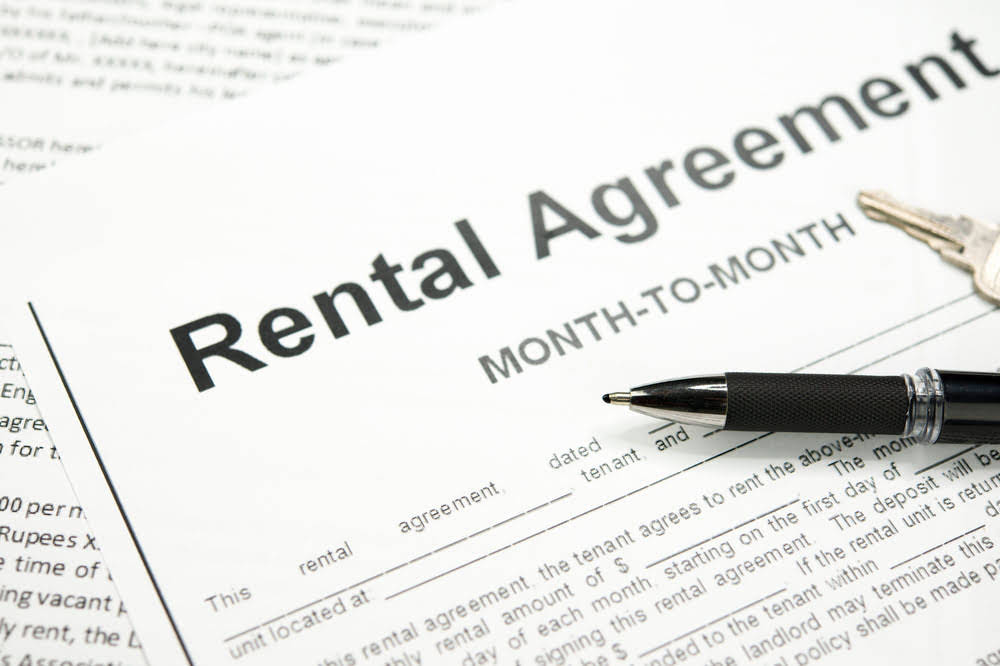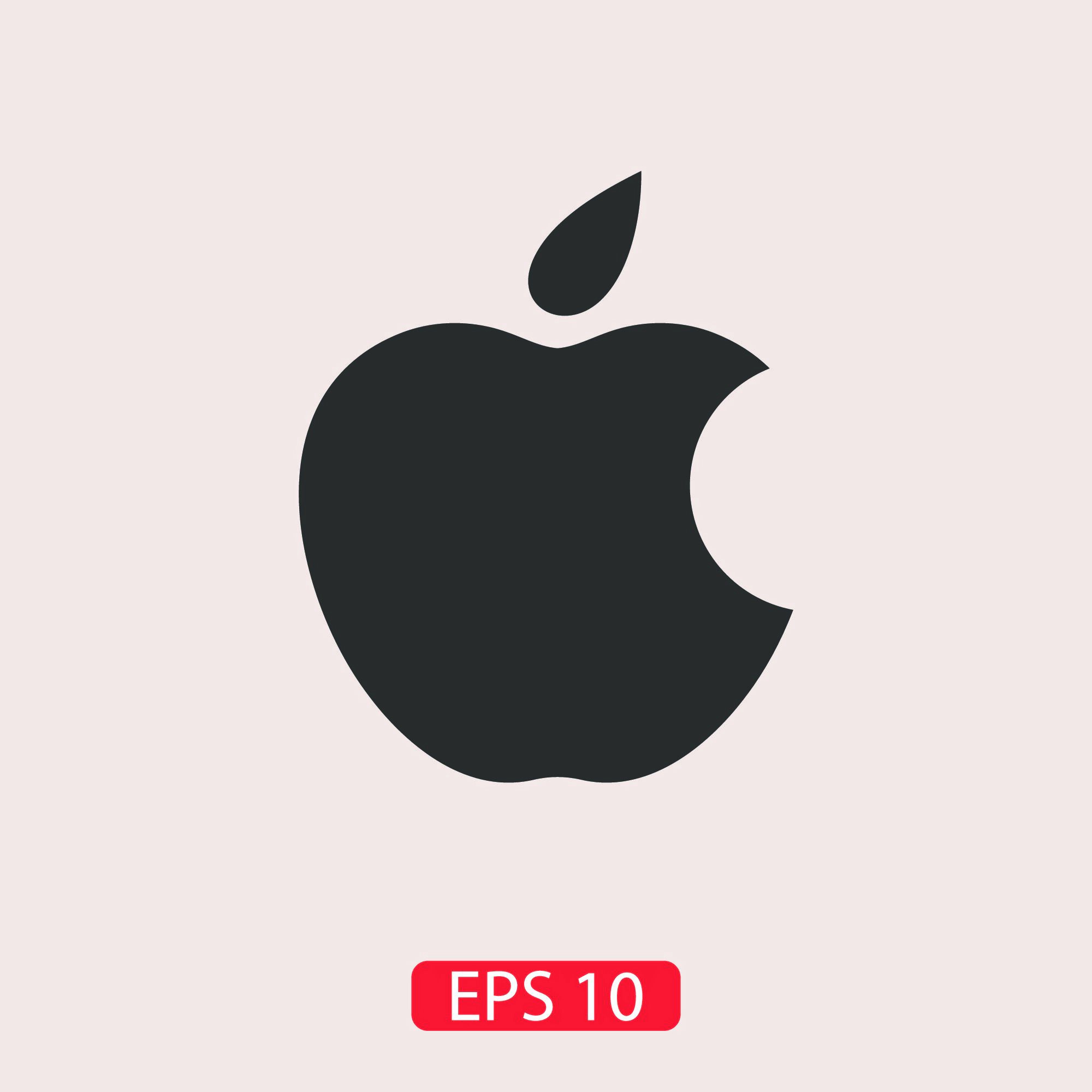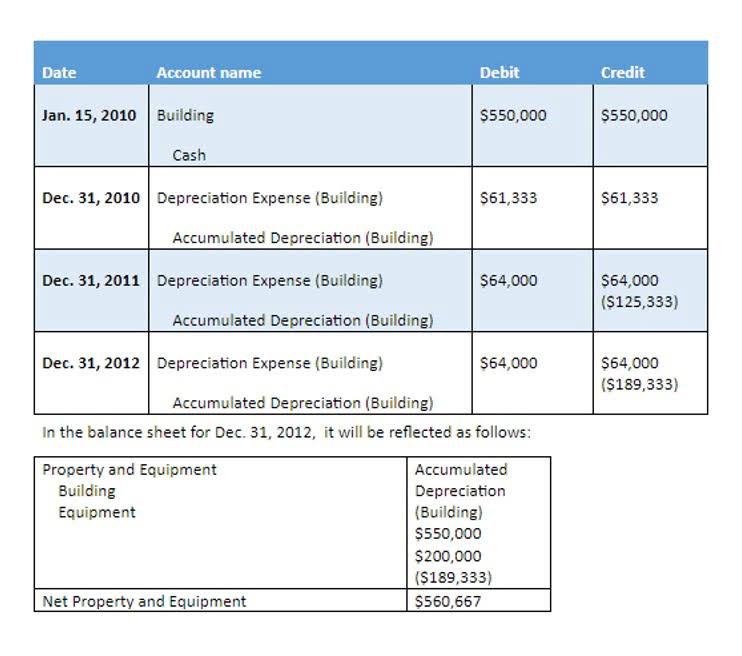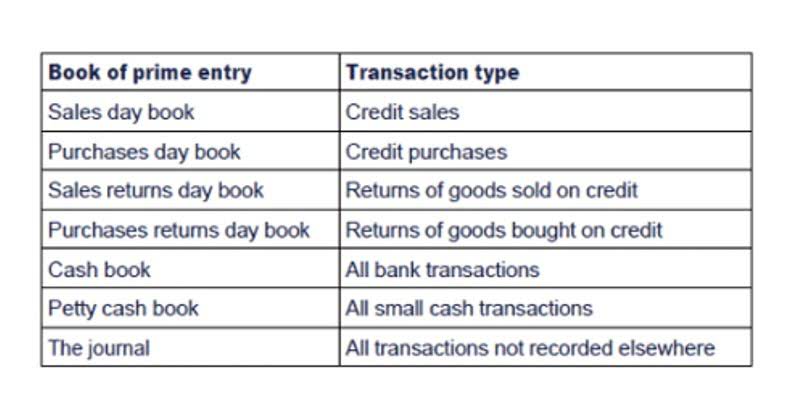By understanding the causes of underapplied overhead and taking corrective action, businesses can avoid this unfavorable variance and improve their bottom line. Are you struggling to understand what a predetermined overhead rate is and how it affects your business? In this article, we will unravel the complexities of this accounting concept and explore why it is crucial for managing costs and making informed business decisions.
The production manager has told us that the manufacturing overhead will be $ 500,000 for the whole year and the company expected to spend 20,000 hours on direct labor. Understanding the predetermined overhead rate and its role in underapplied overhead is crucial for any business. By carefully calculating and adjusting the predetermined overhead rate, a company can accurately allocate its overhead costs and operate efficiently. Regular reviews and adjustments are necessary to ensure that the predetermined overhead rate remains accurate and relevant. When calculating POHR, organizations have several options, such as using a single plant-wide rate, departmental rates, or activity-based rates.
- This means that for every machine hour, $4 of overhead will be applied to the product’s cost.
- The predetermined overhead rate plays a crucial role in calculating the overhead costs of a company, and determining whether there is underapplied or overapplied overhead.
- The company needs to use predetermined overhead rate to calculate the cost of goods sold and inventory balance.
- Using the planned annual amounts for the upcoming year reduces the fluctuations that would occur if monthly rates were used.
Company X and Company Y are competing to acquire a massive order as that will make them much recognized in the market, and also, the project is lucrative for both of them. After going to its terms and conditions of the bidding, it stated the bid would be based on the overhead rate percentage. Therefore, the one with the lower shall be awarded the auction winner since this project would involve more overheads.
What is a predetermined overhead rate?
This is important because the actual overhead costs incurred may be different from the estimated overhead costs. Regular review of the POHR can help to ensure that the overhead costs are allocated accurately and prevent underapplied overhead. Underapplied overhead is a common problem that can occur in manufacturing companies. It happens when the actual overhead costs incurred are less than the amount of overhead costs that were allocated to the products. This can lead to inaccurate costing and ultimately affect the profitability of the company. To prevent underapplied overhead, there are several strategies that can be implemented.
Underapplied vs. Overapplied Overhead
If a job in work in process has recorded actual machine hours of 140 for the accounting period then the predetermined overhead applied to the job is calculated as follows. Dealing with underapplied overhead requires careful analysis and consideration of the different strategies available. Each strategy has its own advantages and disadvantages, and the best option will depend on the specific circumstances of the business. If the company does not adjust its prices to account for the increase in cost of goods sold due to underapplied overhead, it may end up selling its products at a lower profit margin, or even at a loss. Consider evaluating fluctuations in production volume to accurately allocate overhead costs. Using the planned annual amounts for the upcoming year reduces the fluctuations that would occur if monthly rates were used.
What are the Advantages of Predetermined Overhead Rate?
Additionally, underapplied overhead can affect the accuracy of financial ratios, such as the gross profit margin and return on investment. Prior to the start of the accounting year, JKL Corp calculates the predetermined annual overhead rate to be used in the new year. JKL’s profit plan for the new year includes $1,200,000 as the budgeted amount of manufacturing overhead. JKL allocates the manufacturing overhead based on the normal and expected number of production machine hours which are 20,000 for the new year. Therefore, the JKL’s predetermined manufacturing overhead rate for the new year will be $60 ($1,200,000/20,000) per production machine hour. The company needs to use predetermined overhead rate to calculate the cost of goods sold and inventory balance.
The elimination of difference between applied overhead and actual overhead is known as “disposition of over or under-applied overhead”. Chartered accountant Michael Brown is the founder and CEO of Double Entry Bookkeeping. He has worked as an accountant and consultant for more than 25 years and has built financial models for all types of industries.
Cost of goods sold equal to the sales quantity multiply by the total cost per unit which include the overhead cost. We also use the same rate to calculate the inventory balance at the end of accounitng period. However, the variance between actual overhead and estimated will be reconciled and adjust to the financial statement. A number of possible allocation bases are available for the denominator, such as direct labor hours, direct labor dollars, and machine hours. By using the predetermined rate product costs and therefore selling prices can be calculated quickly throughout the year without the need to wait for actual overheads to pohr accounting be determined and allocated. In addition while manufacturing overheads might vary seasonally throughout the year, the use of a constant predetermined rate avoids a similar variation in unit product cost.
What is actual overhead?
In this blog section, we will explore why accurate POHR is essential, its benefits, and how it can be calculated. Calculating the predetermined overhead rate is an essential step in the process of determining the total manufacturing costs of a product or service. The predetermined overhead rate is the estimated amount of overhead costs that will be incurred for each dollar of direct labor or machine hours used in production. This rate is used to allocate overhead costs to individual products or services based on their respective usage of direct labor or machine hours.
This is done to ensure that the actual indirect costs are accurately allocated to products or services and to prevent over- or under-allocating costs. It also provides a standardized method for allocating overhead costs to products, which enhances cost control and maintains financial transparency. Assume that management estimates that the labor costs for the next accounting period will be $100,000 and the total overhead costs will be $150,000. This means that for every dollar of direct labor cost a production process uses, it will use $1.50 of overhead costs. The predetermined overhead rate is a method used in managerial accounting to allocate indirect manufacturing costs to products or job orders before actual costs are incurred.
- The accuracy of the estimated overhead costs and the choice of activity level are crucial factors in ensuring that the overhead costs are allocated correctly.
- This method is used before production begins, helping companies allocate costs uniformly over time, especially in job-order costing and process costing systems.
- If the rate is too high, it could result in overcharging customers, which could lead to lost business.
- There are several reasons why underapplied overhead occurs, and understanding these causes is crucial for businesses to take corrective action.
The predetermined overhead rate is important because it allows a business to accurately allocate indirect costs to each product or service. This helps in determining the total cost of production and can aid in making pricing and budgeting decisions. Several factors go into calculating the predetermined overhead rate, including the estimated total overhead costs, the estimated total amount of the allocation base, and the estimated level of activity.
Common Allocation Bases
This means that the company’s financial statements will show a lower profit than it actually earned. For companies with a simple cost structure and a single cost driver, POR may be the best option. Actual overhead rate may be the best option for companies that want to have the most accurate picture of the true cost of production, but it is more time-consuming to calculate. Ultimately, the best option is the one that provides the most accurate picture of the true cost of production while also being efficient and cost-effective. Overhead refers to the ongoing expenses of operating a business that are not directly linked to creating a product or service. Understanding what is overhead is crucial for businesses to accurately allocate costs and determine product pricing.
The management can estimate its overhead costs to be $7,500 and include them in the total bid price. The predetermined rate is also used for preparing budgets and estimating jobs costs for future projects. The overhead rate of cutting department is based on machine hours and that of finishing department on direct labor cost.
These issues may result in an inaccurate allocation of costs and can impact the overall profitability of a business. The predetermined overhead rate is a crucial aspect of cost accounting that helps businesses allocate overhead costs to products or services. In this section, we will discuss the key factors that can influence the predetermined overhead rate, including production volume, types of overhead costs, and production process complexity. By understanding these factors, businesses can accurately determine their predetermined overhead rate and effectively manage their costs. A later analysis reveals that the actual amount that should have been assigned to inventory is $48,000, so the $2,000 difference is charged to the cost of goods sold. Suppose a business uses direct labor hours as the activity base for calculating the pre-determined rate.
Overhead cost assigned to products using the predetermined rate and actual activity. This means that for every machine hour, $4 of overhead will be applied to the product’s cost. Understanding how the predetermined overhead rate aids in budgeting and forecasting is essential for efficient financial planning. Hence, this predetermined overhead rate of 66.47 shall be applied to the pricing of the new product VXM.
While both direct labor hours and machine hours have their advantages, using machine hours as the activity level can provide a more accurate measure of the actual usage of overhead costs. Understanding the predetermined overhead rate is crucial for businesses to accurately allocate indirect costs to products and services. This essential rate is calculated by dividing the estimated total manufacturing overhead costs by the estimated total amount of allocation base. The predetermined overhead rate plays a significant role in pricing decisions and cost control. The predetermined overhead rate is a calculated rate used in cost accounting to allocate indirect manufacturing costs to products or services.











